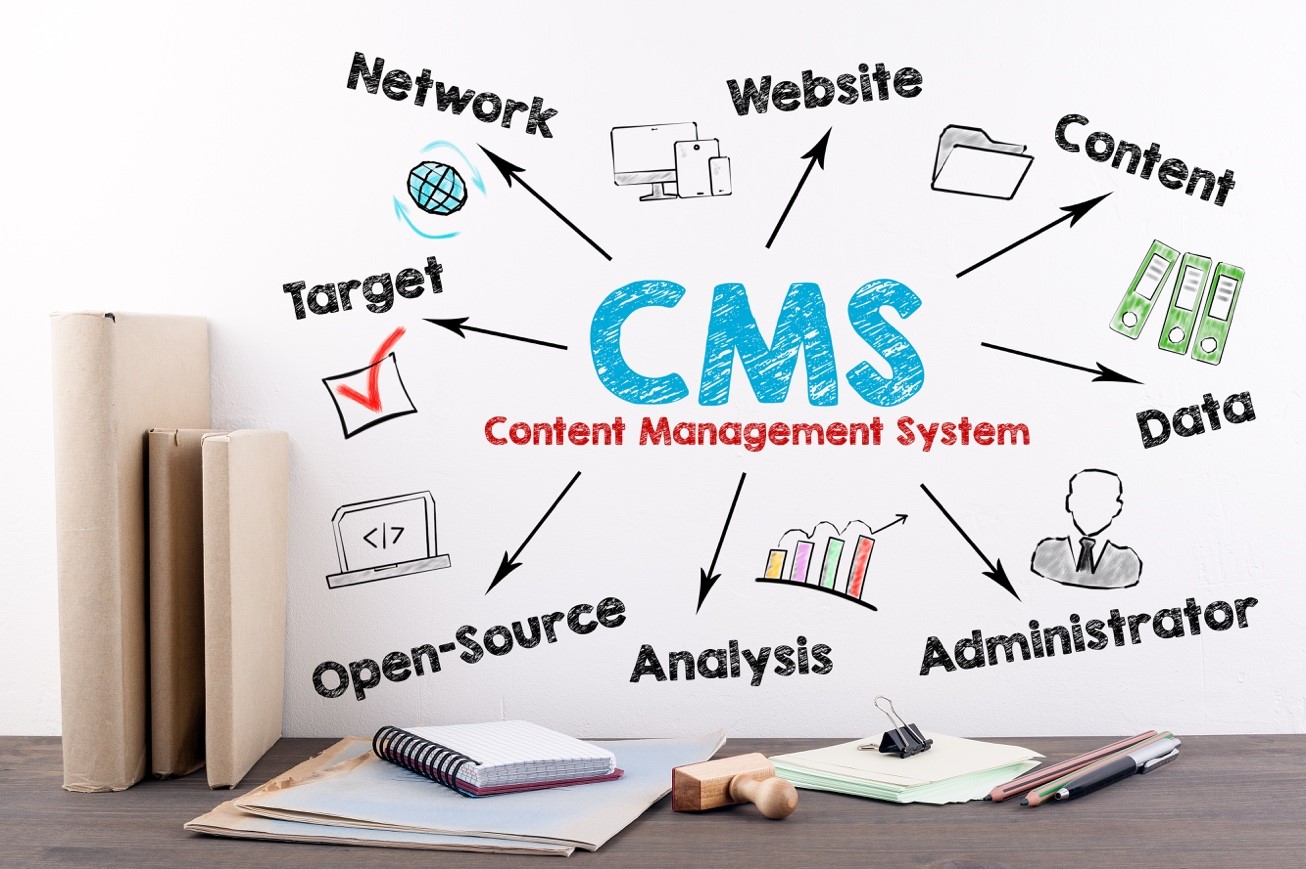For any business, regardless of the field it is involved in, one of the defining factors of its success is the content. A successful business is likely to put forth high-quality content that captures the attention of all its customers. With the rising competition in the market, the prominence of business content management servicers too rose.
Business content management, also known as enterprise content management, is a set of defined processes, strategies, and tools. This helps a business obtain, organize, store, and deliver critical information to its employees, business stakeholders, and any of its other customers.
Business Content Management solutions are employed to help with document management and process workflow automation. A well-defined plan of solutions can help a business eliminate operational inefficiencies, reduce operating costs and other costs, and follow the regulatory compliance mandates. The components of these solutions can be split up as five processes – capture, manage, store, preserve, and deliver.
Capture
Capture is the process of converting information into electronic formats and organizing them into a consistent structure for easy management. Paper documents are converted to electronic format by scanning. Various recognition technologies are used to scan the documents.
Then image cleanup is performed, which entails rotation, straightening, color adjusting, zoom, aligning, and other such processes for better readability. If the input was obtained via Web pages, then the information is processed by automatic processing, provided the capture system can recognize the structure, logic, layout, and content of the document.
The scanned documents are then arranged in a structure and indexed so that it would be easy to find later.
Manage
Management is extensive to five application areas. These areas are document management, collaboration, web content management, records management, and workflow and business process management.
This category is essential to the information’s lifecycle as it connects to the other components of business content management. The components of the manage category can be utilized in combination or individually. However, all these components above the Manage component include databases and access authorization systems, especially for sensitive information.
Store
It is important to note that the store component should not be confused with the preserve component. The store component temporarily stores information. The information stored isn’t necessary, wanted, nor does it need to be put into long-term storage. However, the media used for store component is the same as the media used for long-term archiving.
This component is further divided into three subcategories – Repositories, Library Services, and Technologies. The repositories act as storage locations, while the library services act as administration components for the pools. Technologies refer to the storage technologies used.
Preserve
The preserve component mainly involves the long-term storage of static information. The information to be “preserved” is called static because it does not change in the workflow and hence must be kept in a safe location.
This is achieved by storing the information with the help of the records management feature that is present in most business content management systems. They are specially designed so that it complies with the government and industry regulations. The preserve components control special viewers, conversion and migration tools, and long-term storage media.
Deliver
All the information that passed through the manage, store, and preserve components finally turn up at the Deliver component. However, this does not mean that the data is at the end of its processing journey. The business content management system is function-based and lacks a strict hierarchy. This means that information could come through the deliver components after format conversion for it to go to the Store component.
These services are especially helpful for businesses that have yet to become fully digitalized, or companies started before the technological boom. It would be advisable for companies to invest in a business content management service as it can be extremely beneficial.

